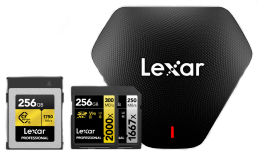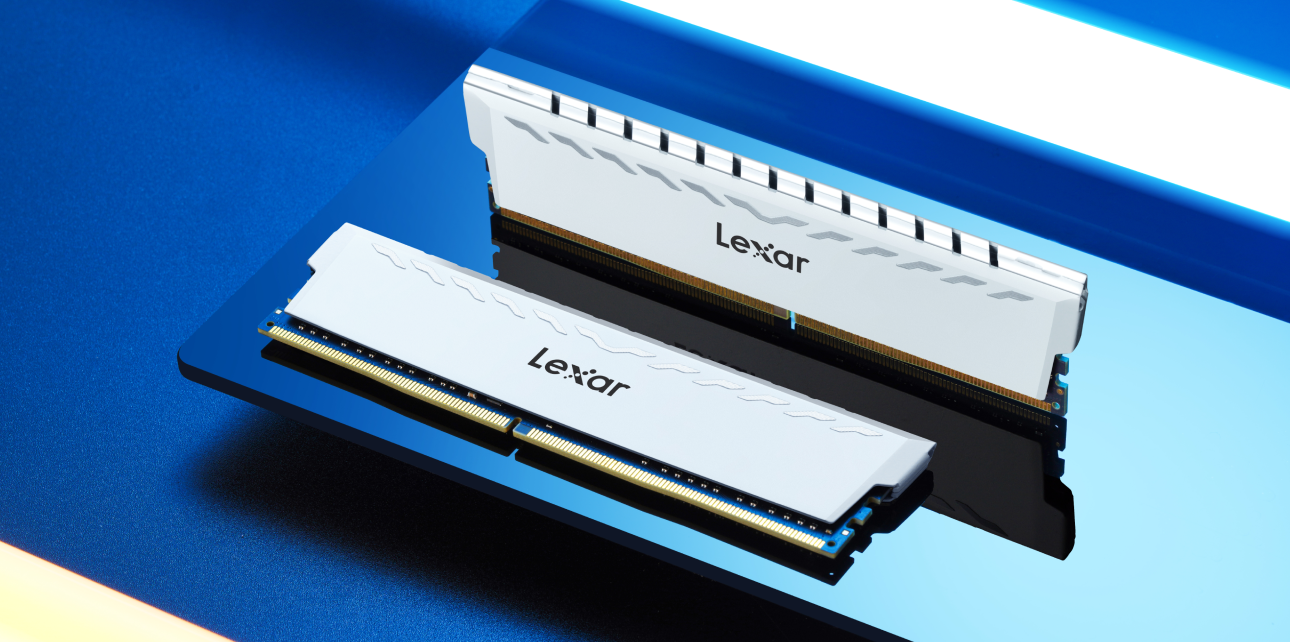
When figuring out what the ideal memory capacity is for your system, comparing all of the options is always ideal. This leaves many people wondering about the difference between DDR3 vs. DDR4 – and which option is going to be best for them.
So, let us break it down! Below, we’re talking about the primary differences between DDR3 and DDR4 RAM, ensuring you have all the information you need to make the best decisions for your computer’s performance.
Key Takeaways:
- DDR3 Overview: Introduced in 2007, DDR3 offers reliable performance for older systems and basic computing tasks.
- DDR4 Overview: Launched in 2014, DDR4 brings higher speeds, increased efficiency, and support for larger capacities.
- Speed Differences: DDR4’s faster data transfer rates make it ideal for gaming, multitasking, and high-performance applications.
- Power Efficiency: DDR4 operates at a lower voltage than DDR3, making it more energy-efficient and better for laptops.
- Memory Capacity: DDR4 supports higher memory capacities per module, suitable for memory-intensive tasks and future upgrades.
- Use Cases for DDR3: Best for budget upgrades, older systems, and basic tasks without the need for high performance.
- Use Cases for DDR4: Suitable for modern systems, demanding applications, and users seeking future-proofing options.
- Upgrading from DDR3 to DDR4: Requires a new motherboard and possibly a CPU upgrade due to different compatibility requirements.
Breaking Down DDR3 and DDR4 RAM
Before we start listing the differences between the two RAM options, let’s quickly define what each one is. This way, you have a better understanding of what they offer and how they operate.
What Is DDR3 RAM?
Introduced in 2007, the DDR3 RAM was a major upgrade over its predecessor, DDR2. It provided faster data transfer speeds and greater bandwidth for enhanced performance in a variety of applications.
This RAM system quickly became the standard for PCs, laptops, and servers for many years, powering both gaming setups and professional workstations.


What Is DDR4 RAM?
Next came the DDR4 RAM. This system made its way onto the market in 2014, and it brought significant improvements over DDR3.
With data transfer rates starting at 2133MHz and reaching 4800MHz or higher, DDR4 provides better performance for gaming, multitasking, and demanding applications.
Learn about the best RAM for gaming in our blog.
Plus, its lower voltage of 1.2V enhances power efficiency, making it a preferred choice for modern desktops, laptops, and servers.
Key Differences Comparing DDR3 vs. DDR4
You can already tell that DDR3 is an older version of DDR4. But how else do these two RAM systems truly differ?
When you understand all of the primary differences between DDR3 and DDR4, figuring out which option is best for you becomes a whole lot clearer.
Speed and Performance
As we’ve alluded, DDR4 offers significantly higher speeds than DDR3, with data transfer rates starting at 2133MHz and often reaching 4800MHz or more. (This is much higher compared to DDR3’s range of 800MHz to 2133MHz.)
The increased speed allows DDR4 to handle more demanding tasks like gaming, video editing, and data-intensive applications, with improved system responsiveness and shorter load times.
Along with this, DDR4 has a higher bandwidth, enabling more data to be transferred simultaneously, which is beneficial for multitasking.
Power Consumption and Efficiency
Plus, DDR4 is more power-efficient than DDR3, operating at 1.2V compared to DDR3’s 1.5V. This results in lower power consumption and reduced heat generation, which is beneficial for laptops and energy-conscious users.
However, for desktop users where energy savings are not as critical, the higher power usage of DDR3 is typically negligible. Additionally, for budget-conscious users, DDR3’s lower cost can outweigh the small difference in energy efficiency, making it a practical choice for affordable upgrades.
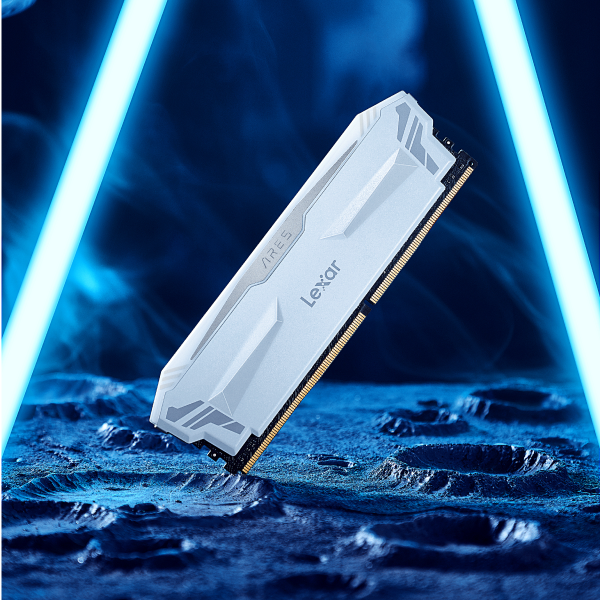
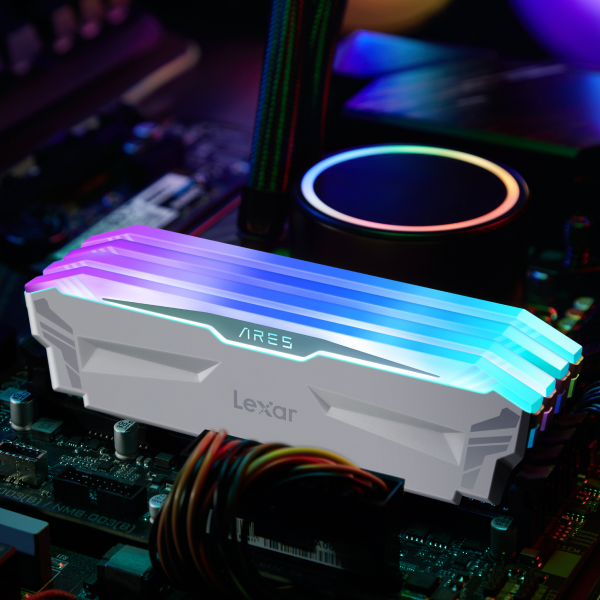
Capacity and Density
In general, DDR4 supports much larger memory capacities per module, making it the better choice for memory-intensive applications like virtualization, high-end gaming, and video editing. It allows users to easily upgrade their systems with more memory for demanding tasks.
On the other hand, DDR3’s capacity maxes out at around 8GB per module, which can still be sufficient for everyday use, basic multitasking, and extending the life of older systems without requiring a complete overhaul.
Physical Design and Compatibility
Finally, let’s compare physical design and compatibility. With 288 pins, DDR4 has a different slot configuration compared to DDR3’s 240 pins, making the two incompatible. DDR4’s design also includes a different notch position to prevent accidental installation in a DDR3 slot.
For newer systems, DDR4 is the go-to choice. However, for legacy systems or budget builds that only support DDR3, upgrading to a higher-capacity DDR3 kit can still improve performance.
In such cases, sticking with DDR3 allows users to extend their system’s lifespan without the need for a new motherboard and CPU.
When to Use DDR3 vs. DDR4 RAM
So, in what cases would it be ideal to use DDR4 over DDR3? More importantly, are there any scenarios where DDR3 may be better?
Let’s take a look:
| Situation | When to Use DDR3 RAM | When to Use DDR4 RAM |
| Upgrading an Older System | Ideal for older PCs and laptops that only support DDR3. | Not applicable, as older systems typically do not support DDR4. |
| Building a Budget PC | Suitable for low-cost builds where cost savings are a priority. | Better choice if you can afford a slightly higher budget, offering future-proofing. |
| Basic Computing (Web, Office, etc.) | DDR3 provides adequate performance for everyday tasks. | DDR4 is still recommended for more recent systems, even for basic use. |
| Gaming | Works for older or less demanding games, especially on budget builds. | Recommended for modern gaming, providing better frame rates and faster load times. |
| Professional Work (Editing, CAD, etc.) | May struggle with intensive tasks due to lower speed and capacity limits. | Ideal for high-performance applications, as it supports higher capacities and speeds. |
| Energy Efficiency Needs | Less efficient, but still suitable for desktops where power usage is less critical. | DDR4 is better for energy savings, especially in laptops or energy-conscious setups. |
| Future Upgrades and Compatibility | Limited future support as newer systems continue to adopt DDR4 and DDR5. | More future-proof for newer builds and upgrades. |
Upgrading from DDR3 to DDR4: What to Consider
If you do make the choice to upgrade from DDR3 to DDR4, there are some important things you should consider to ensure a smooth transition:
- System Compatibility: DDR3 and DDR4 are not interchangeable due to different pin configurations, so you’ll need a motherboard that specifically supports DDR4. Upgrading will likely require a new motherboard and, in many cases, a compatible CPU, as older processors may not support DDR4.
- Cost Implications: While DDR4 is generally more expensive than DDR3, prices have become more affordable. Consider the overall cost, including a new motherboard and potentially a new CPU.
- Performance Gains: DDR4 offers higher speeds and larger capacities, leading to better performance in gaming, multitasking, and professional applications. The benefits will be most noticeable if you perform memory-intensive tasks.
- Future-Proofing and Longevity: DDR4 is the standard for most new systems, offering better support for future upgrades and software requirements. Upgrading can extend the lifespan of your system.
- Reusing Existing Components: Be aware that other components, such as older power supplies or cooling solutions, may also need to be upgraded when changing to a newer motherboard and CPU.
If you want a DDR4 system, the Lexar® Hades RGB DDR4 Desktop Memory is an excellent choice, providing 3200MHz speeds with RGB customization, making it ideal for budget-conscious gamers who still want good performance and aesthetics.
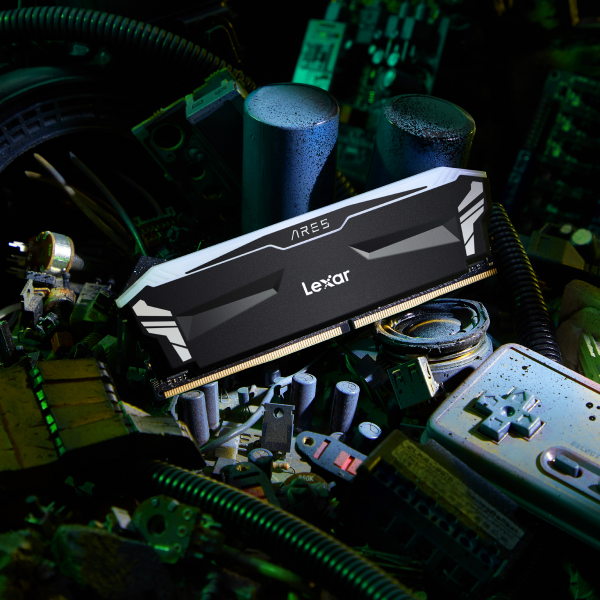
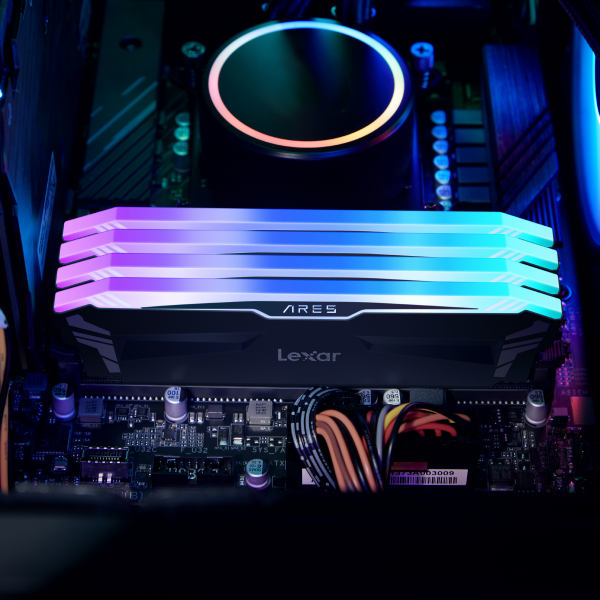
Which RAM Is Right for You?
Of course, determining which RAM is right for you is going to depend on several factors, including your budget, your use case, and even your future system plans.
If you’re working with an older system that supports only DDR3, upgrading to DDR4 would require a new motherboard and possibly a new CPU. In this case, sticking with DDR3 might be more practical for a simple performance boost.
But, for newer systems or fresh builds, DDR4 is the clear choice due to its widespread support, higher performance, and future-proofing capabilities.
Also, it’s important to note that DDR3 is generally more affordable, making it a budget-friendly option for extending the life of older systems. If you’re upgrading multiple components, DDR3 may help keep overall costs down.
While DDR4 is more expensive, its higher performance and efficiency can provide better long-term value, especially if you plan to keep your system for several years or upgrade other components in the future.
As a whole, DDR3 is still viable for users who need a quick and affordable upgrade on an older system, while DDR4 is the better option for those seeking higher performance, energy efficiency, and future-proofing capabilities.
DDR3 vs. DDR4: Making the Right Choice
When you’re choosing between DDR3 vs. DDR4 RAM, you have to make sure you’re considering your specific options to ensure that you’re making the ideal choice for your system. But, at the end of the day, as technology continues to advance, investing in DDR4 ensures that your system is prepared for demanding tasks and future hardware developments.
If you’re ready to enhance your computer’s performance, explore Lexar’s selection of high-quality products to find the perfect fit for your setup. Upgrade today and experience the difference in speed and reliability.

